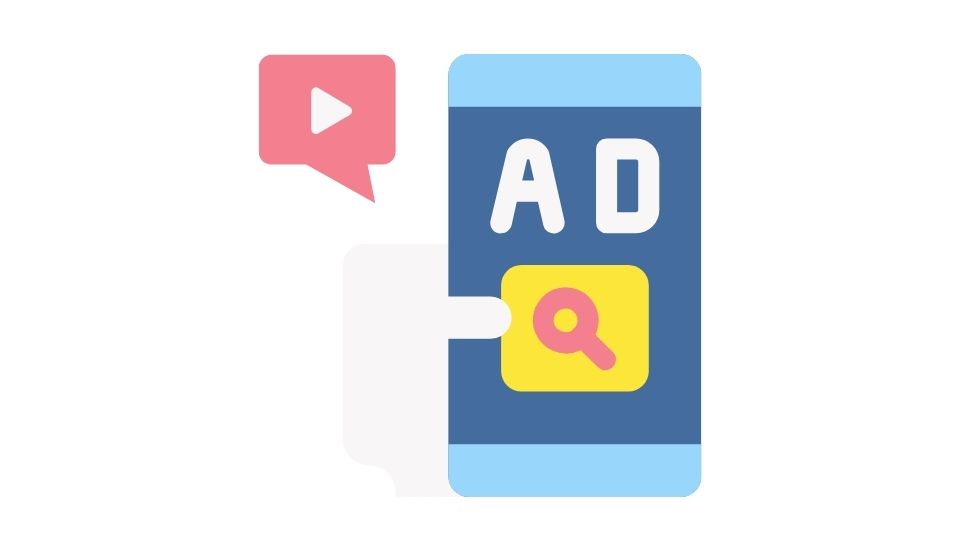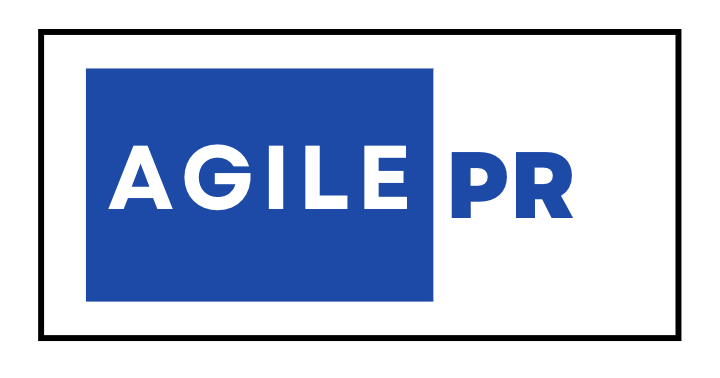Ever wonder why your TV and social media feeds get flooded with politicians talking trash about each other every election season?
It’s not just your imagination – negative political ads dominate campaign spending. And despite how much we all claim to hate them, there’s a simple reason they keep coming: they work.
Let’s dive into why politicians keep pouring millions into ads that make you want to throw your remote through the TV.

Why Politicians Spend So Much on Negative Ads (Even Though We Say We Hate Them)
1. Our Brains Are Wired for Negativity

Think about it – which would grab your attention faster: a politician listing their accomplishments or one exposing their opponent’s scandalous behavior?
Our brains are literally hardwired to pay more attention to negative information. It’s an evolutionary survival mechanism. Threats and dangers were more important for our ancestors to notice than positive things.
Research shows we remember negative information better and longer than positive info. One study found that negative ads produce nearly three times the emotional response as positive ones.
When campaign managers say “negative ads work,” they’re not being cynical – they’re being scientific.
2. Negative Ads Serve Multiple Campaign Goals
Politicians aren’t just trying to win your vote with these attack ads. They’re playing 3D chess:
- Persuading undecided voters by highlighting opponents’ flaws
- Fundraising from fired-up supporters who see the “threat” from the other side
- Motivating turnout by creating fear about what happens if “the other guy wins”
- Suppressing opponent turnout by making their supporters feel disillusioned
It’s like getting four campaign tools for the price of one!
Democratic ads often focus more on fundraising (“Chip in $5 to stop this terrible candidate!”), while Republican ads typically emphasize get-out-the-vote messaging (“Don’t let the radical left destroy America – vote!”).
3. Free Media Coverage Amplifies the Message

News flash: controversy gets attention.
When a campaign drops a particularly nasty or shocking negative ad, guess what happens? News outlets cover it, social media explodes with reactions, and suddenly that $100,000 ad buy gets millions in free exposure.
This “earned media” strategy is why campaigns time negative ad releases to maximize media cycles. Research indicates negative ads receive up to 60% more media coverage than positive ones.
In the 2024 Trump vs. Harris race, both campaigns strategically deployed negative ads to dominate news cycles – with almost all pro-Trump ads heavily negative, forcing the Harris campaign to respond and creating a media environment focused on their messaging.
4. The Sheer Scale of Political Ad Spending Is Mind-Boggling
Political advertising in America has become a multi-billion dollar industry. The 2024 election cycle alone saw an estimated $12 billion in political ad spending!
With that kind of money floating around, campaigns can afford to saturate every possible channel:
- Traditional TV (still the biggest chunk of spending)
- Digital platforms (Facebook, Google, YouTube)
- Connected TV services (Hulu, Peacock, etc.)
- Radio, billboards, mailers, and more
While digital spending grows every cycle, TV remains king for negative ads because of its broad reach to older, reliable voters. According to Ad impact, over 65% of political ad dollars still go to traditional television.
5. Outsourcing the Dirty Work Avoids Backlash
Politicians know voters don’t love mudslinging. So they’ve developed a clever workaround: let someone else do it!
Enter Super PACs and “independent” political groups that can run the nastiest ads while the candidate keeps their hands clean.
Research involving thousands of voters found that when people learn their preferred candidate uses attack ads, they might actually like that candidate less. By outsourcing negative ads to outside groups, candidates get the benefit without the backlash.
“I’m focusing on my positive vision for America,” says the candidate with a straight face, while allied groups carpet-bomb the airwaves with attacks on their behalf.
6. Year-Round Digital Negativity Shapes Opinions

Modern campaigns don’t just go negative during election season – they maintain a constant drumbeat of negativity, especially online.
Republicans have generally built more robust year-round digital operations, supported by affiliated media and influencer networks. Democrats have historically been more seasonal in their digital ad spending, though that gap is closing.
This persistent negativity helps shape voter opinions long before the official campaign season begins. By the time you see the candidate’s TV ad, you might already have absorbed dozens of negative messages about their opponent through social media.
So What Does This Mean For Voters?

The next time you see a negative political ad and think “this is terrible, who would be influenced by this garbage?” remember:
- They work – campaigns wouldn’t spend billions if they didn’t
- They’re strategic – serving multiple campaign purposes
- They’re everywhere – across all media channels
- They’re psychological weapons – designed to trigger emotional responses
The most powerful defense? Being aware of how these ads are designed to manipulate your emotions. Knowledge is power.
And despite how much we claim to hate negative ads, researchers at Vanderbilt University found that voters consistently say they dislike them while simultaneously being influenced by them.
So next election, when your TV is flooded with politicians telling you why the other candidate is basically Satan incarnate, you’ll understand why. And maybe, just maybe, you’ll be a little more immune to their effects.




